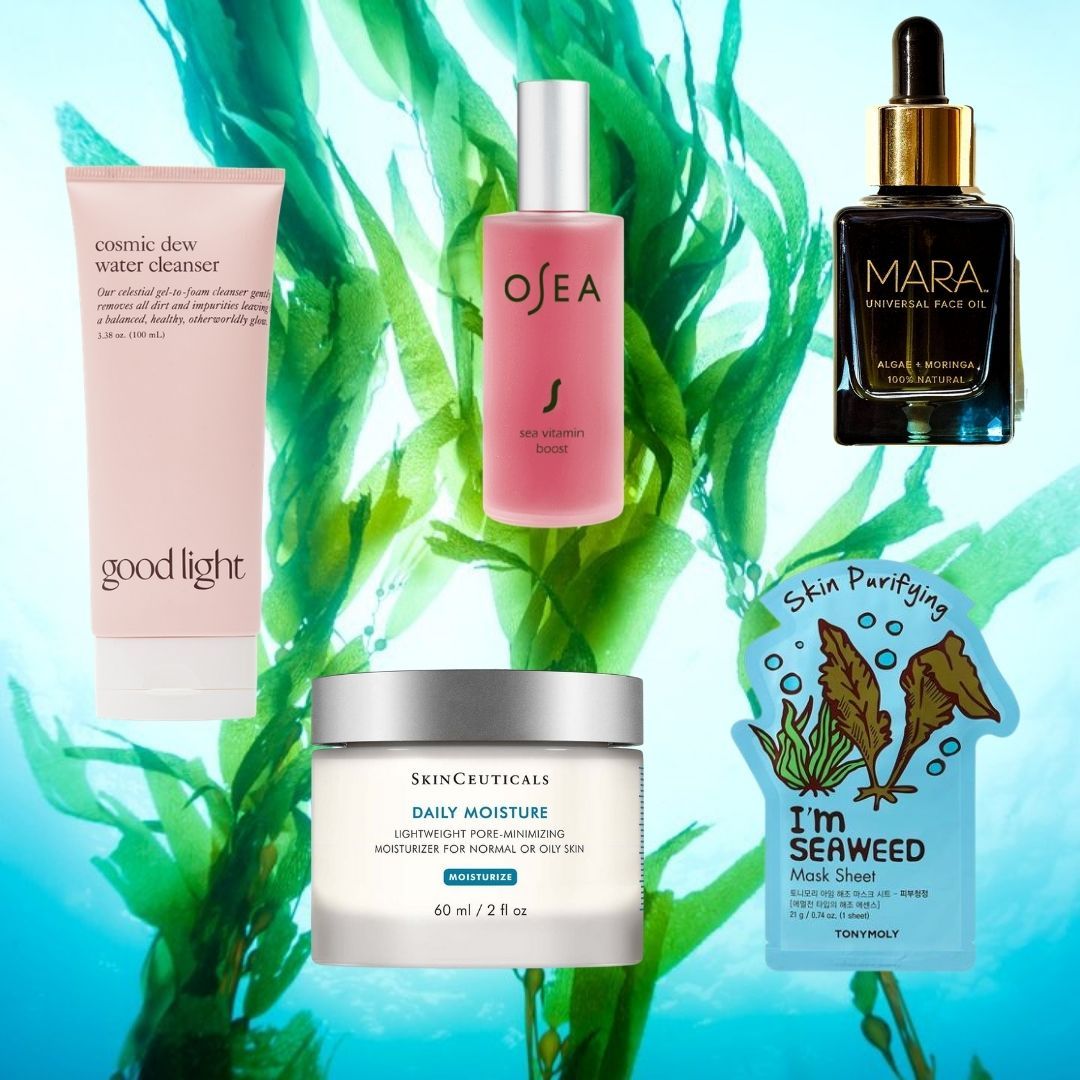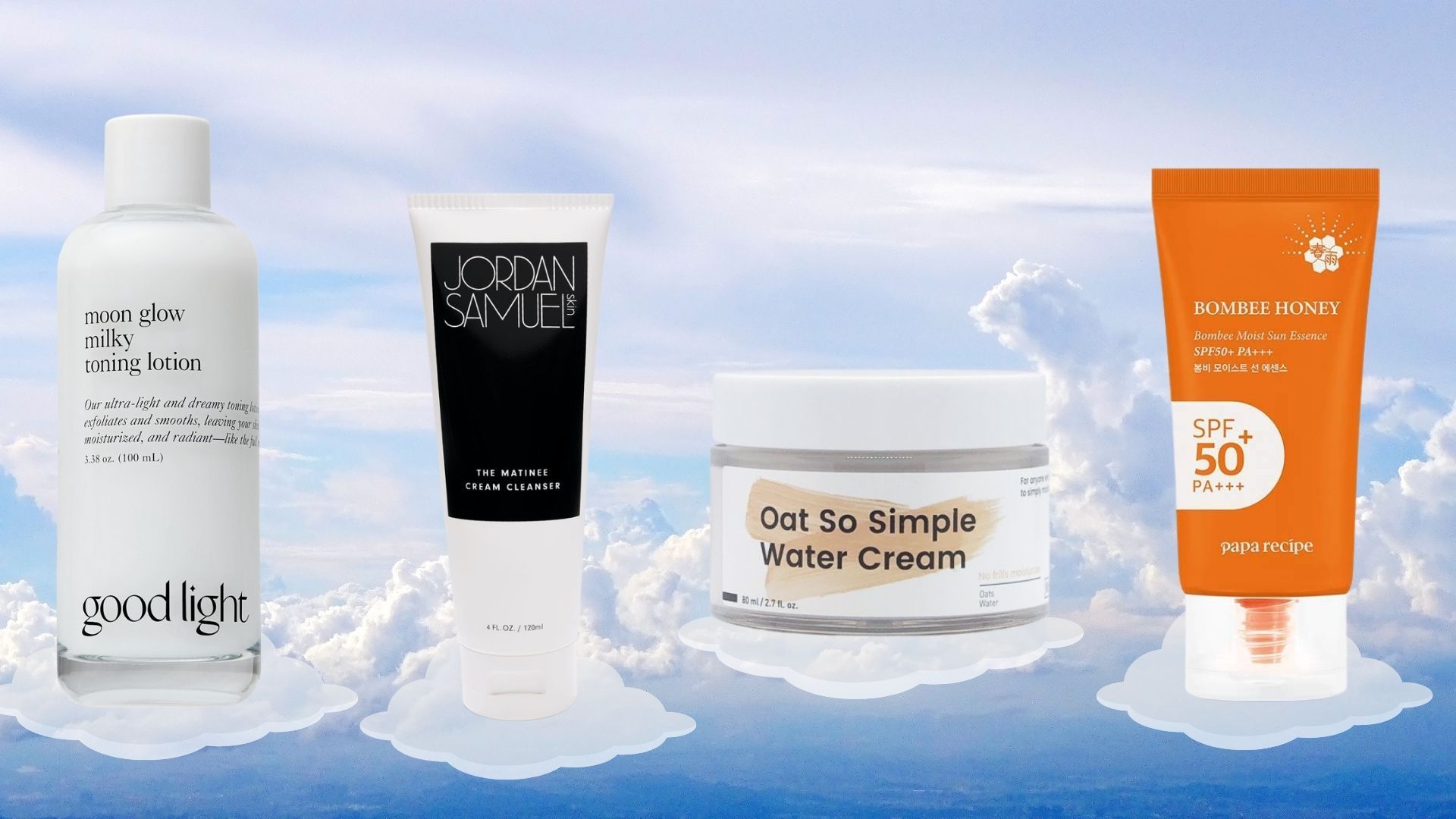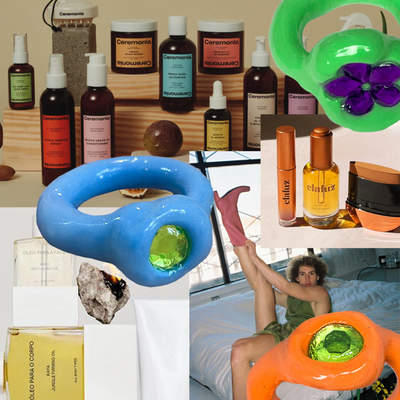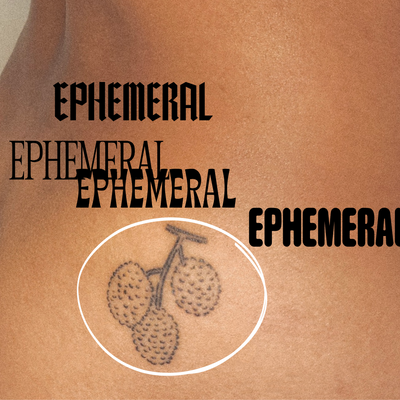It turns out you’ve been taking baths all wrong.
It seems like there has always been an ongoing debate about whether or not it’s better to take a bath first and then shower, or shower first, then take a bath. Some people think that taking a bath without showering is akin to “soaking in your own filth,” but I—and many others—disagree.
SEE ALSO: Cocokind’s new Sake Body Lotion brings microbiome skincare to the rest of your body
First of all, let’s consider this: how are you getting that dirty before you take a bath? The function of a bath is to soak, relax, and get clean. Then, after you take your soak, you can take a shower to rinse any remaining product off your skin. Most people typically don’t need to shower at all before or after they bathe, but showering after can soothe irritation and dryness after too much exposure to hot water.
Doubling up on baths and showers
It might be tempting to double up and take both a bath and shower at once, however, some dermatologists recommend that for the sake of your skin, you should only shower or bathe once per day. Too much hot water on the body can dry out your skin, which could lead to premature aging.
If you want to do both, Dr. Joshua Zeichner recommends bathing first, keeping in mind that “excessive exposure to water can actually dry out the skin rather than hydrate it. Think about what happens when you are washing dishes for extended periods of time and the hands get dried out.”
Warm, not hot water
To further prevent your skin from drying out, Zeichner suggests trying to take baths or showers that are no hotter than you imagine a heated pool to be in the summertime. Most commercial pools go up to 84 degrees Fahrenheit, but warmer water is often used for physical therapy and rehabilitation exercises. In general – think about summertime and less about cooking your skin.
Be discerning what you put on your skin before, during, and after
If you want to both bathe and shower, take extra care with what you put in your soak since you’ll run the risk of drying out your skin if you spend too much time in there.
Try using a salt soak like this one from Dr. Teal’s ($18 for a 2-pack) to fully relax your muscles and ease into a peaceful state of mind. If you need to get more moisture in your bath, try using products that have colloidal oatmeal in them to soothe your skin, like Aveeno Soothing Bath Treatment packets ($11 for an 8-count).
When you shower after your bath, keep it simple with a warm water rinse. You can also wash your hair in this timeframe, but try not to spend too much time in the water after your soak.
Lock in hydration with the right moisturizer
After you finish bathing, make sure you properly moisturize to lock in hydration. Look for products that contain ingredients like ceramides, hyaluronic acids, or colloidal oatmeal.
Personally, I like to use Necessaire’s hyaluronic acid Body Serum ($45) post-bath. The nourishing formula also contains vitamin B3, vitamin B5, and ceramide NP. You can use it on its own or mix it with moisturizer. Good drugstore options include CeraVe Moisturizing Cream ($16), Neutrogena Hydroboost Body Lotion ($7), or Aveeno Daily Moisturizing lotion ($9).
And just like that, you’re sparkling clean–and ready to go!
READ MORE LIKE THIS










